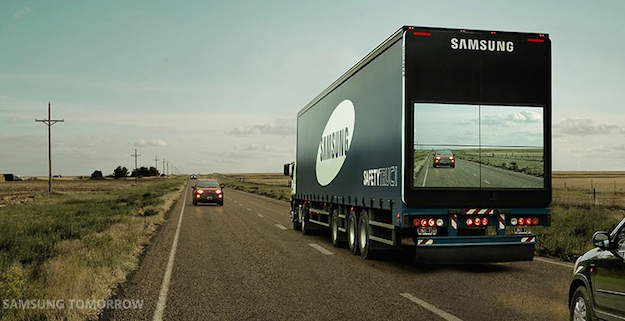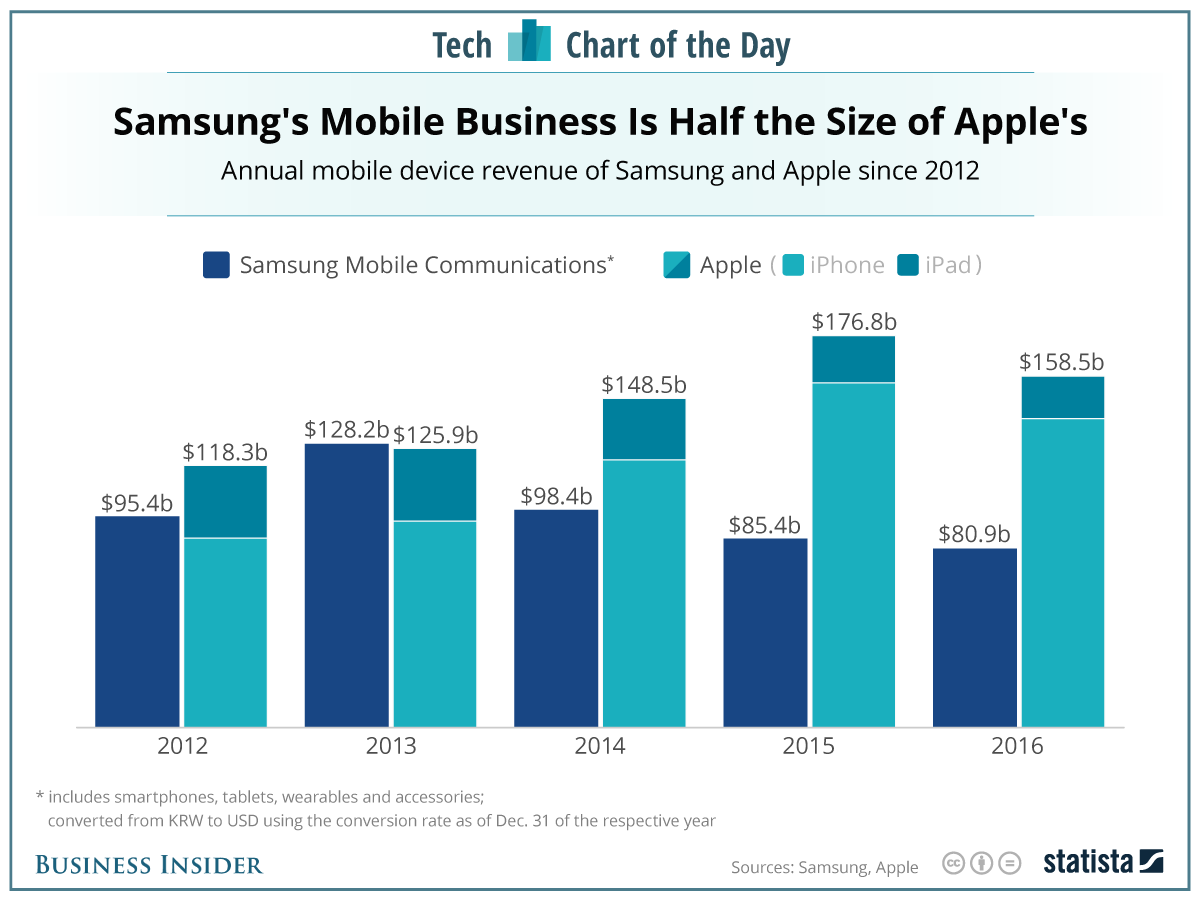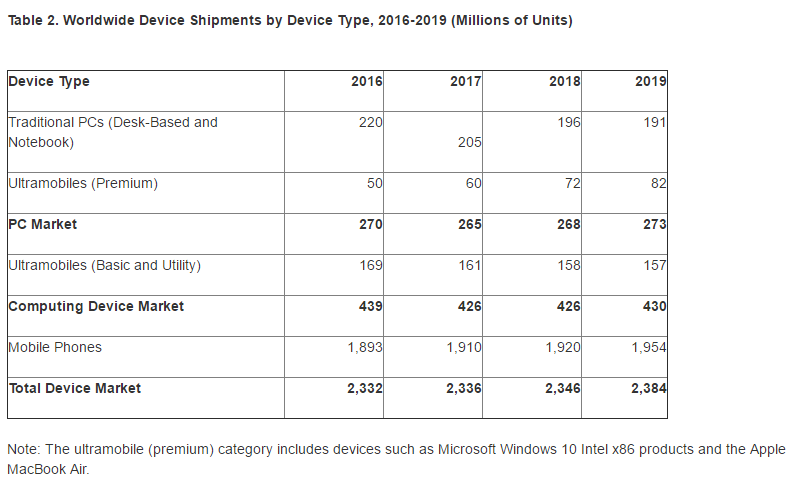The self-driving car craze has already swallowed several big names in two industries. Auto makers and tech major have all lined up to get rid of the driver from the car. Samsung, the South Korean electronics manufacturer, is the latest entrant to the self-driving car technology race.
One burning question pops up here, now that another major electronics company – more pointedly, a smartphone major – are in the game: why are smartphone manufacturers like Apple and Samsung entering something that appears so far away from their core expertise areas?
The answer to that question lies in the state of their current devices portfolio. During the most recent quarter, iPhone accounted for nearly 70% of Apple’s revenues. Samsung, the South Korean electronics giant, is not very different. Despite having a wide range of electronics products and other business streams, smartphones bring in a significant portion of their revenues as well.
But all is not well in the devices world. PC sales have been moving lower and lower for the past five years. Gartner, one of the world’s top research firms, says that smartphone sales has already peaked, and double-digit growth rates could now be a thing of the past. Tablets are not doing well either, as we just saw from the 13 percent year-over-year unit sales drop for iPad from Apple’s Q2 2017 earnings yesterday. (See article linked below)
SEE: iPhone Sales Dipping in Q2 2017 is Not the Problem Here, it’s Just a Symptom
But it’s not just happening for Apple and Samsung, or smartphones; it’s happening all round.
The devices market – especially the smartphone market – is not coming crashing down, but it is suffering from its own stupendous performance of the past. The market grew so fast and so furious that it has reached a major portion of the potential market. Every new customer added to the list is one customer less in the market pool, and that pool has now become very, very shallow.
The smartphone game has now moved on from being a growth market to showing signs of a more stable, mature market. When the market’s size remains stable, you tend to get creamed by the competition unless you’re one of the big boys.
The dynamics of a stable market are completely different from a growing market. Competition is intense, and weaker players will make way for stronger ones. Margins will become extremely tight and, to put it simply, it will become easy to lose a position than gain it.
The premium smartphone segment is the only place where it is profitable to operate in the smartphone world. That’s the reason why Apple walked away with 91% of the smartphone industry’s profits during the third quarter of 2016. With no money to be made in the lower smartphone price point, both Apple and Samsung have no reason to keep moving their average selling price lower and lower in search of volume.
The best – and possibly only – option they have is to look outside of the smartphone and devices industries to increase sales, but still keep working feverishly on the devices side just to keep their sales growth ticking along.
And the “outside” in this case is the auto industry, but through their strength in connected devices, which is what smartphones basically are. By developing self-driving car technologies of their own, Apple and Samsung have a chance to reclaim what’s slowly slipping from their grasp.
They are looking at the auto industry as one that is ripe for technology disruption, and one that can help their sales moving upwards again – if they can make it in that rugged, undefined landscape.
Thanks for visiting! Would you do us a favor? If you think it’s worth a few seconds, please like our Facebook page and follow us on Twitter. It would mean a lot to us. Thank you.
Source: Gartner





